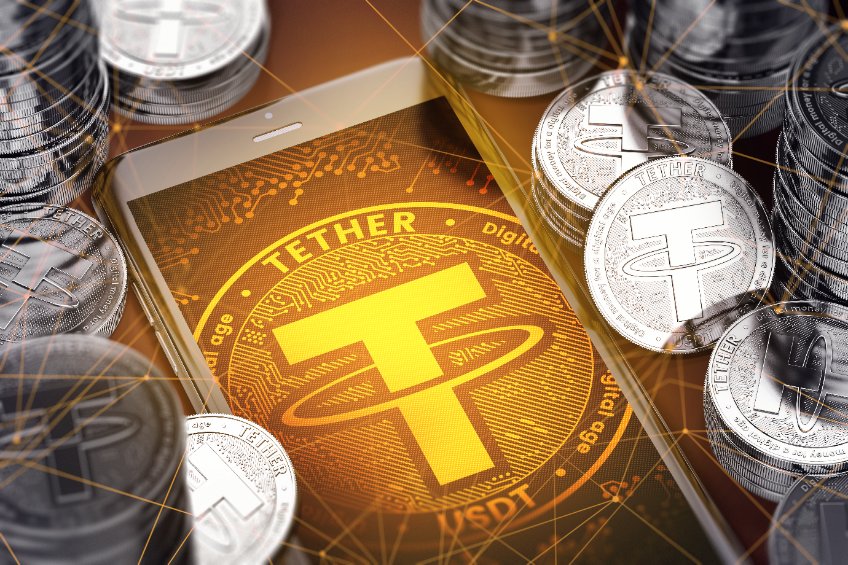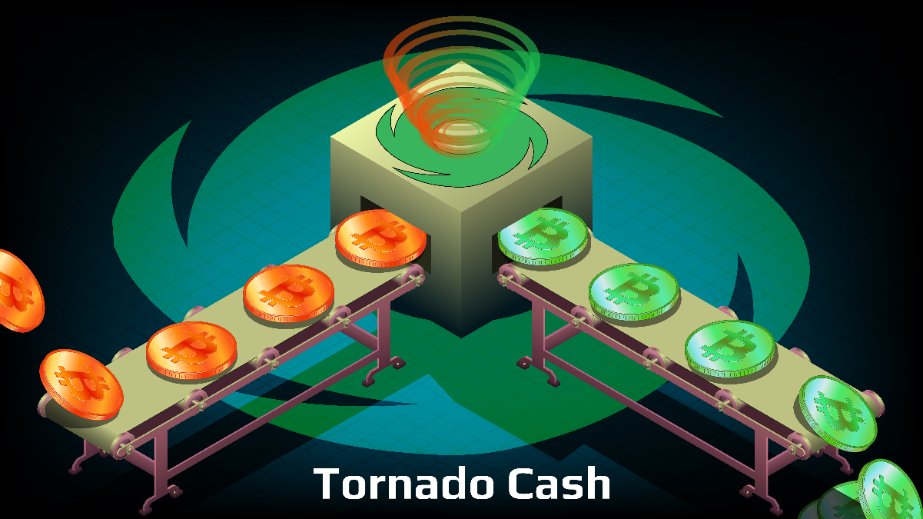
Kathmandu has introduced several new features set to improve network scalability and security.
Tezos, the layer 1 proof of stake blockchain designed to self-upgrade and evolve as it scales amid adoption, has successfully activated the latest protocol upgrade on the mainnet.
On Friday, the 11th upgrade dubbed Kathmandu went live on the Tezos PoS network at block 2,736,129, following a community adoption.
As noted in the proposal that ran from 9-23 September, the new upgrade comes after another named Jarkata went live on 28 June, 2022. The upgrade proposal was made by Tezos contributors and research firms Nomadic Labs, DaiLambda, Marigold, Oxhead Alpha, TriliTech, Tarides, and Functori & Tweag.
Upgrade brings new features
Kathmandu’s activation keeps with Tezos’s regular schedule and as with previous protocol changes, this adds a number of features set to massively improve on scalability.
These include smart contract optimistic rollups, pipelined block validation that’s set to improve transactional throughput, and improved randomness for enhanced network security- this is achieved via verifiable delay functions.
Other features added include tailored governance via new permanent testnets that allow for more room for developers to experiment, event logging and increased paid storage for smart contracts.
Tezos launched in mainnet in 2018, with the network going live following an initial coin offering in 2017.
The post Tezos upgrade Kathmandu goes live on mainnet appeared first on CoinJournal.




